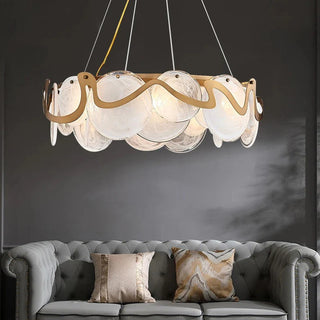Outdoor lighting can add ambiance and improve safety and security to backyards, garages, and gardens. However, it is important to approach outdoor lighting design with care to ensure that it is safe, effective, and enhances the beauty of the outdoor space. This guide provides tips and advice for creating safe and effective outdoor lighting in your backyard, garage, or garden.
Types of Outdoor Lighting
There are several types of outdoor lighting available, each with its own advantages and disadvantages. The most common types include:
- Floodlights: These provide a broad, bright beam of light and are suitable for lighting large areas, such as backyards or gardens.
- Spotlights: These are directional lights that highlight specific features, such as statues or trees.
- Pathway lights: These are low-level lights that are placed along walkways and paths to provide guidance and enhance the beauty of the space.
- Wall-mounted lights: These are fixed lights that are attached to walls and are commonly used to illuminate garages or other outdoor buildings.
Benefits of Different Types of Outdoor Lighting
Choosing the right type of lighting for your outdoor space depends on several factors, including the size and shape of the area, the desired level of illumination, and the overall design aesthetic. Some of the benefits of different types of outdoor lighting include:
- Energy Efficiency: LED lights are a popular choice for outdoor lighting due to their energy efficiency and longevity.
- Aesthetics: Some types of lighting, such as pathway lights and spotlights, can enhance the visual appeal of a space.
- Safety: Lighting can help prevent accidents and improve visibility in areas where there are potential hazards.
- Security: Proper lighting can deter criminal activity and improve overall security in outdoor spaces.
Considerations for Outdoor Lighting Design
When designing outdoor lighting, it is essential to consider the environment and the needs of the space and its users. Some of the key factors to consider include:
- Light Pollution: Outdoor lighting can contribute to light pollution, which can negatively impact the environment and the health of humans and wildlife. It is important to consider the effects of light pollution and take steps to minimize it.
- Glare: Excessive glare can be a hazard for users, so it is important to consider the placement and orientation of lights to minimize glare.
- Light Levels: The level of illumination needed in an outdoor space depends on several factors, including the size and purpose of the area, the time of day, and the desired aesthetic. It is important to determine the appropriate level of illumination and choose lighting that can provide it.
- Maintenance: Outdoor lighting requires regular maintenance to ensure that it is functioning properly and is safe for users.
Creating a Lighting Plan
Creating a lighting plan is an essential step in designing effective outdoor lighting. A lighting plan should include:
- A map or diagram of the area to be lit, including any existing lighting.
- A list of the desired lighting objectives, such as safety, security, or aesthetics.
- A description of the type of lighting that will be used in each area.
- A plan for the placement and orientation of lights to ensure proper illumination and minimize glare.
- A schedule for maintenance and regular inspection of the lighting.
Creating safe and effective outdoor lighting for backyards, garages, and gardens requires careful planning and consideration of various factors, including the type of lighting, the environment, and the needs of the space and its users. By following the tips and advice outlined in this guide, it is possible to create lighting that enhances the safety, security, and aesthetic appeal of your outdoor space.









